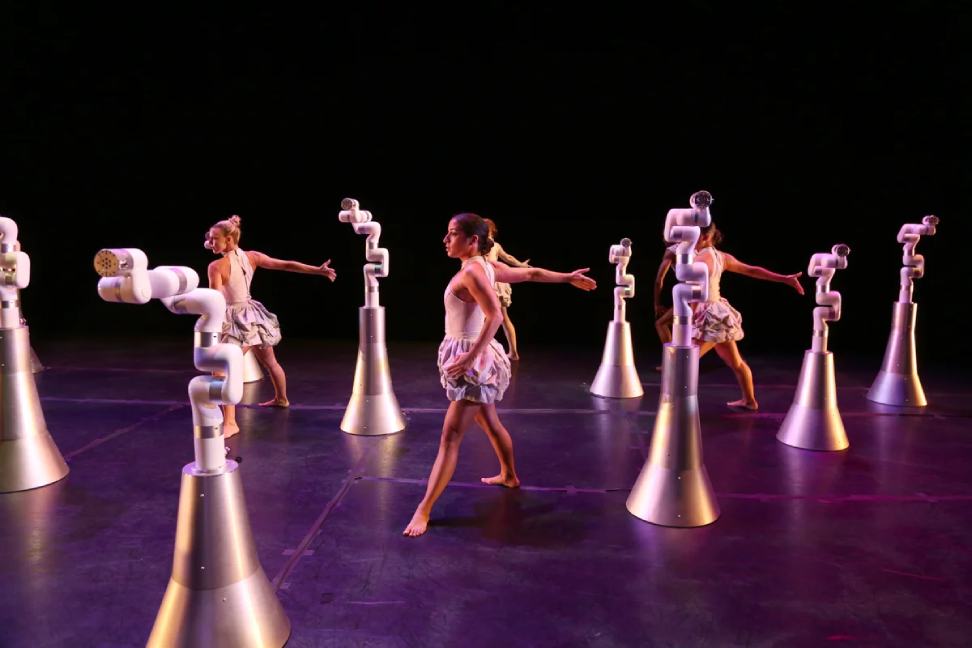Max66, Arsgroup777, ARS Group Exchange: Contemporary fusion genres in music have paved the way for innovative cross-pollination of sounds and styles. This blending of different musical traditions and elements has resulted in a rich tapestry of new sounds that captivate and challenge listeners around the world. Artists are no longer confined by traditional genre boundaries, allowing for a free-flowing exchange of ideas and influences that push the boundaries of creativity.
The fusion of genres not only creates a unique listening experience for audiences but also opens up avenues for artists to experiment and explore new sonic territories. By combining diverse influences, musicians are able to create fresh and exciting compositions that break away from conventional norms. This constant evolution and reinvention of musical genres contribute to the dynamic landscape of contemporary music, emphasizing the importance of embracing diversity and embracing new possibilities.
• The fusion of genres allows for a blend of different musical traditions and styles
• Artists are no longer confined by traditional genre boundaries
• Contemporary fusion genres result in a rich tapestry of new sounds that captivate listeners
• Musicians can experiment and explore new sonic territories through genre fusion
• Constant evolution and reinvention of musical genres contribute to the dynamic landscape of contemporary music
Impact of Technology on Dance Evolution
Advancements in technology have significantly transformed the landscape of dance, shaping the way movement is created, shared, and consumed. With the emergence of motion capture technology and virtual reality tools, dancers now have innovative platforms to explore and experiment with new choreographic possibilities, pushing the boundaries of traditional dance forms. Additionally, the integration of digital editing software has allowed choreographers to manipulate and enhance performances, offering a new dimension to the visual storytelling aspect of dance.
Furthermore, the rise of social media platforms and online streaming services has revolutionized the way dance is experienced by global audiences. Dancers and choreographers can now reach a wider demographic instantly through live streaming, tutorials, and virtual performances, bridging geographical boundaries and fostering a sense of community within the dance world. This digital evolution not only showcases the diversity and creativity of the dance industry but also provides a platform for dancers to connect, collaborate, and inspire each other in real-time.
Role of Social Media in Popularizing Dance Trends
Ars247, Wazeerexch, Peachexch: In the digital age, social media has emerged as a powerful tool in popularizing dance trends globally. With platforms like TikTok, Instagram, and YouTube, dancers and choreographers can easily showcase their talents to a vast audience, leading to the rapid dissemination of new dance styles and routines. The visual nature of dance makes it particularly engaging on social media, capturing the attention of viewers and inspiring them to replicate and share the movements they see online.
Moreover, social media allows dancers to connect with each other across geographical boundaries, fostering a sense of community and collaboration within the dance world. Through hashtags, challenges, and collaborations, dancers can engage with each other, learn new styles, and participate in trending dances, contributing to the constant evolution and innovation of the art form. In this way, social media has not only popularized dance trends but has also created a more interconnected and vibrant dance community worldwide.
What are some examples of contemporary fusion dance genres?
Some examples of contemporary fusion dance genres include hip-hop and ballet fusion, Bollywood and jazz fusion, and salsa and contemporary fusion.
How has technology influenced the evolution of dance?
Technology has played a significant role in the evolution of dance by providing platforms for dancers to showcase their talents, learn new skills through online tutorials, and collaborate with other dancers from around the world.
How does social media help in popularizing dance trends?
Social media platforms such as Instagram, TikTok, and YouTube allow dancers to share their choreography, performances, and tutorials with a wide audience, helping to spread and popularize dance trends quickly and effectively.
Can social media influence the development of new dance styles?
Yes, social media can influence the development of new dance styles by providing a platform for dancers to experiment with different movements, collaborate with other dancers, and receive feedback from a global audience.
How can dancers use social media to build a following and advance their careers?
Dancers can use social media to build a following by consistently posting high-quality content, engaging with their audience, collaborating with other dancers and influencers, and using popular hashtags to increase visibility. This can help them advance their careers by attracting opportunities for performances, collaborations, and sponsorships.

